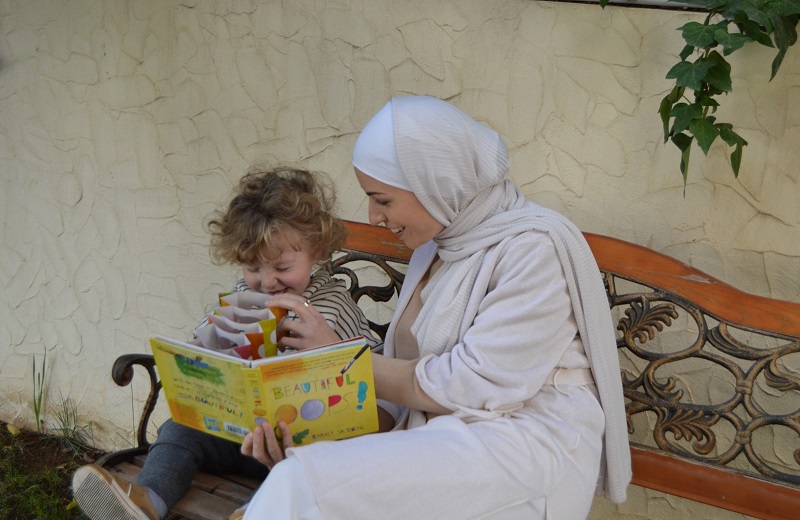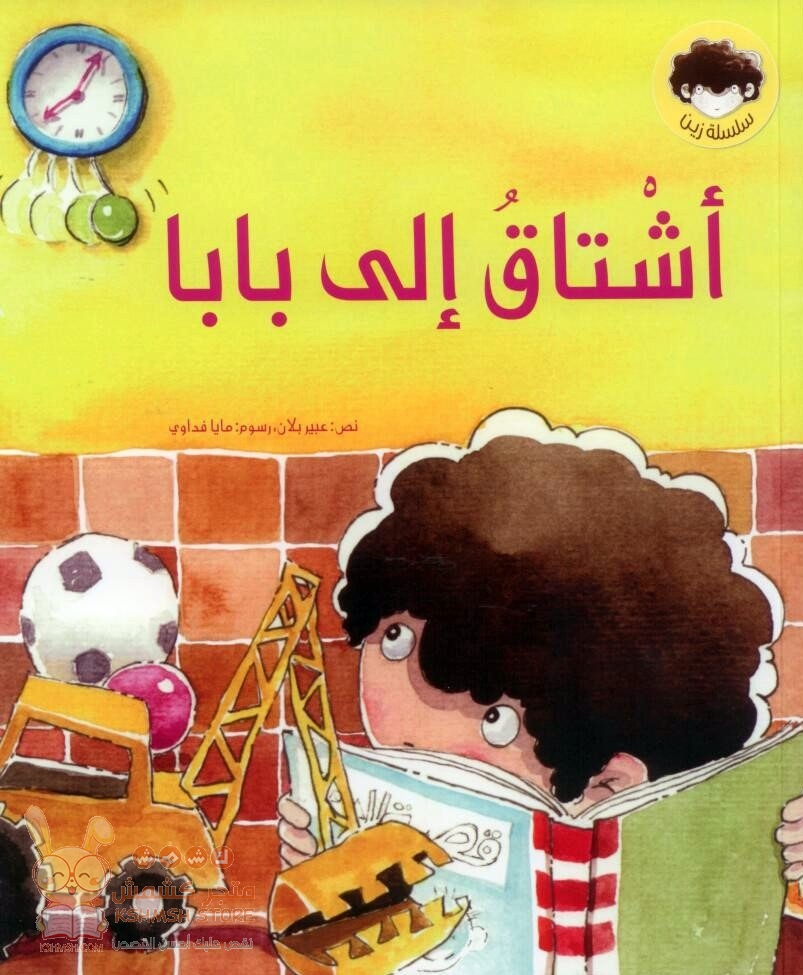Relationships
The real reason for distance between you and your husband

As I have mentioned in my previous article, the pursuer-distancer pattern is very common amongst couples, and in this article, I will further discuss how this dynamic arises between couples, as well as its outcomes on the relationship.
Why do distancers and pursuers frequently get into relationships with one another?
It is in our nature as human beings to attract partners with our opposite characteristics that we unconsciously reject. To balance out the one-sidedness, each person will need to develop a few of their opposite qualities. For example, in adulthood, pursuers seek connection with the fear of being disappointed because the affection they received as a child was not sufficient enough for their needs of being seen and loved.
And because of that, they come across as needy and undesirable to partners they are attracted to, who are often strong and independent. The desire for connection that pursuers yearn for often backfires and the cycle of wanting connection and receiving rejection reoccurs.
Similarly, distancers are often attracted to pursuers because in their childhood they may have felt abandoned or deeply hurt. So as a way to protect themselves, they have developed defence mechanisms that taught them to become very independent.
Therefore, as the relationship progresses, distancers often feel suffocated and overwhelmed by the pursuer’s attention and desire for more connection and because of their childhood experiences, distancers worry that intimacy will lead to dependence, control, limitation or disappointment. The pursuers’ "pushiness" causes distancers to fear exposing their vulnerabilities, so they seek space, distance and solitude.

How do people become pursuers or distancers?
When a child falls over and starts to cry “I’m bleeding!” some parents may react by getting upset and ordering the child to stop crying, while others may anxiously rush to help the child and start to cry from excessive worry. However, a middle-ground response is more effective, where the parent stays calm and responds in a low tone of voice by saying something like, “yes, there is blood, does it hurt? Let’s take a look at it and wash it off.” That is a validating and soothing reaction.
Where the child’s pain is acknowledged and the parent offers to help the child, this teaches the child to remain calm when faced with stress or anxiety.
The British paediatrician and psychoanalyst Donald Winnicott coined the term “good-enough mothering/parenting,” which refers to a parent's response to a child’s needs without too much anxiety, therefore teaching the child to remain calm. If a child is smothered with attention and infantilized, they will dread separation in the future. And likewise, if they are neglected and alienated, they will avoid intimacy and closeness.
In other words, the perception of too much separation can generate feelings of being neglected, abandoned, unloved and rejected, while the perception of too much togetherness can trigger feelings of being crowded, trapped and controlled.
So how does this lead to self-defeating behaviour later in life?
To prevent their anxiety from increasing, distancers often avoid saying what they think and pursuers may feel ignored. To seek connection, pursuers may try to get a reaction and push for a response, which creates stress for both partners.
The pursuer/distancer dynamic often leads to hostility and argument. The distancer, who likes their autonomy, will resist and become hostile to protect their independence, while the pursuer will gain emotional contact, even if it's negative, from the argument.
Without realizing or intending it, the pursuer communicates enough desire for intimacy for both partners in a couple, preventing the distancer from feeling their own yearning for connection or the desire to be with their partner. If one partner is doing all the pursuing, the distancer has the luxury to relax in their distance and independence and may fall out of love.
The distancer creates enough distance for both partners, and the pursuer has no room to experiences their own need or desire for autonomy and independence. The vicious cycle develops and is maintained because the pursuer does not know what they like or dislike, and cannot discover their own values, interests and opinions without relying on the distancing partner for self-worth and validation.














